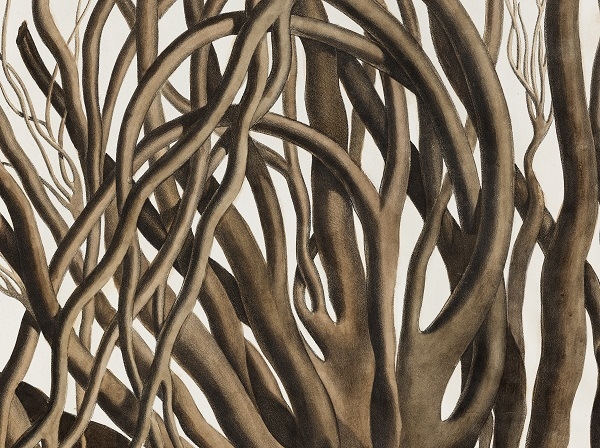This exhibition is the first to offer in-depth insight into the relationship between art and science in Estonia. In today’s world, where information is increasingly communicated in visual form and we need, more than ever, an ability to critically interpret images, historical scientific illustrations also deserve a fresh glance. The role of images is not just to communicate and illustrate science but to also play an active part in knowledge production.
The main focus of the display is on the visualisation of natural sciences and medicine in the 19th and early 20th centuries. This was an age when these disciplines were closely intertwined with racial theories and colonialism. Images, just like the history of knowledge in general, are inextricably connected with power.
The exhibition explores the controversial relations between the history of Estonian scientific illustrations and the efforts to control and map the territories of the Russian empire. We also look at the sourcing of materials for scientific collections and museum ethics: how to find new ways of exploring and highlighting the issues of inequality and marginalisation embedded in the history of scientific collections?
Estonian science and art both received strong impetus from the reopening of the University of Tartu in 1802. Along with items from the collections of the University of Tartu, the exhibition shows materials from other Estonian science and memory institutions and showcases scientific illustrators who have been overshadowed by “real” artists and scientists. The exhibition also highlights the – often forgotten – role of women artists in the history of art and science in Estonia.
Kristina Norman’s creative research project Comparative Anatomy offers a contemporary commentary on the historical collections. Geological Landscapes, on display in the 3rd-floor A-wing exhibition hall is part of current exhibition: a visual culture study exploring scientific illustrations from the collections of Estonian memory and educational institutions and the interactions between art and science. This project space examines the mutual influences of geology and landscape painting.
The collaborative exhibition involves the University of Tartu Museum, the Art Museum of Estonia and the Estonian Academy of Arts.




